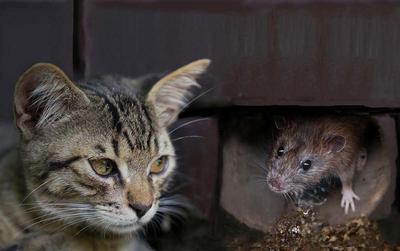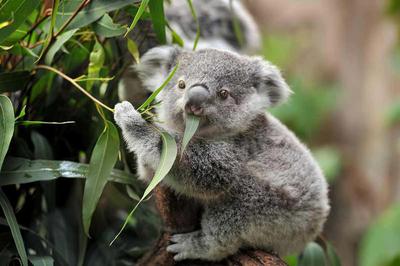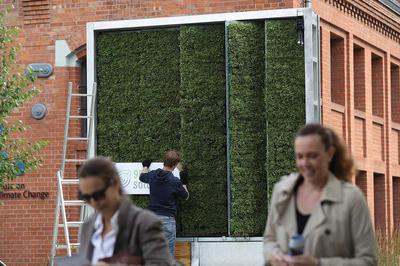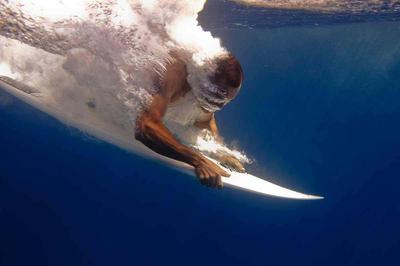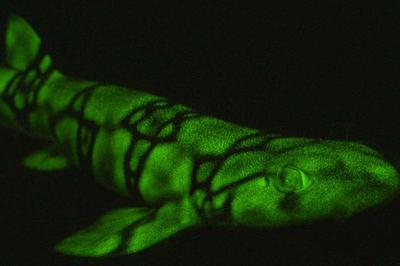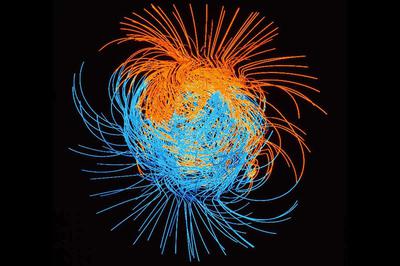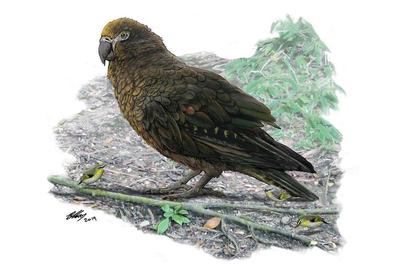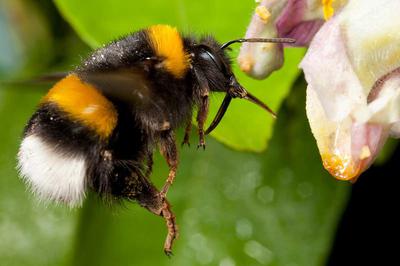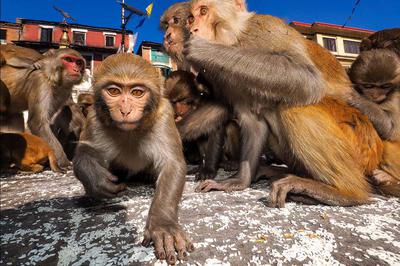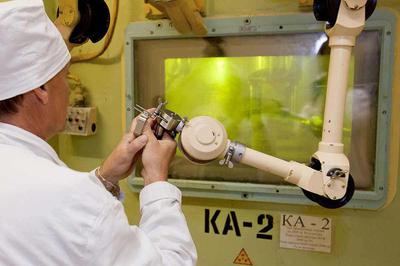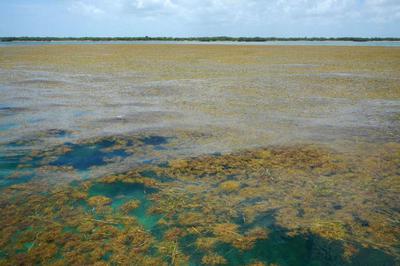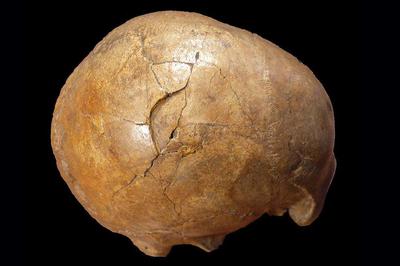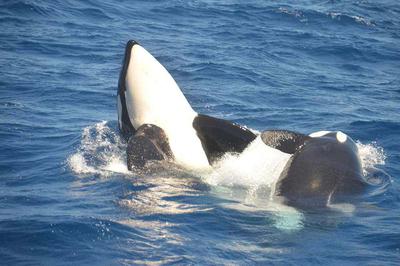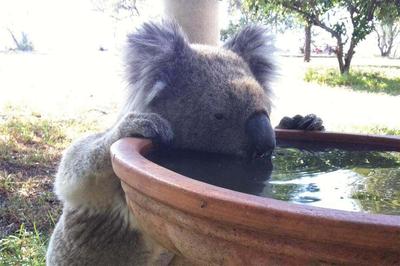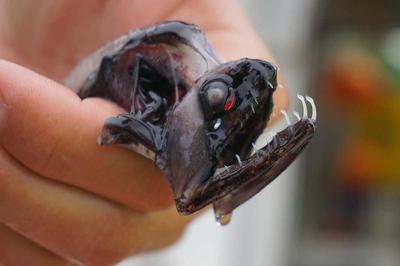
Climate change may see one in four US steel bridges collapse by 2040
Global warming could contribute to the failure of one in four steel bridges in the US over the next two decades.
Bridges in the US and other high-income countries are ageing and deteriorating. Last year, a large portion of an Italian bridge built in the 1960s collapsed, killing more than 40 people.
One of the most common problems involves expansion joints. These allow sections of a bridge to swell and shrink in warmer weather without weakening the structure.
 Filters & Sorting
Filters & Sorting
